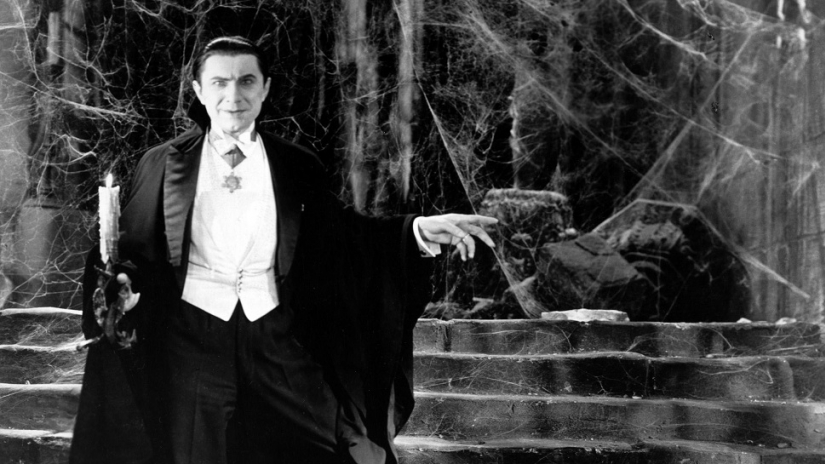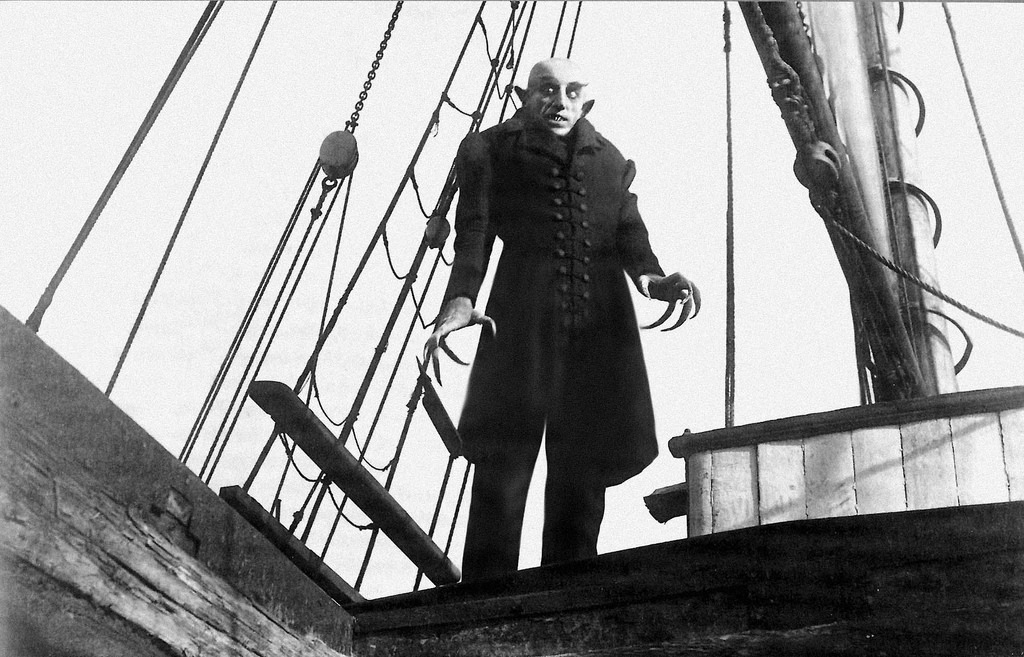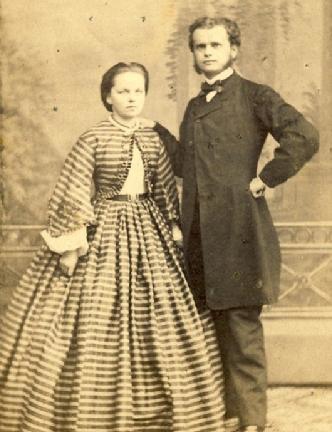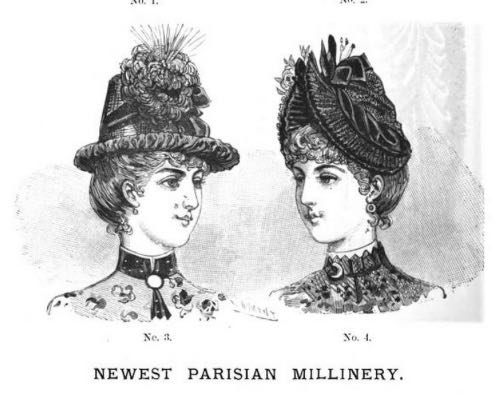La Mode du Vampire

by Perian Sully, First published for the March/April 2010 issue of Finery

Since the publication of Dracula by Bram Stoker in 1898, the classic or romantic vampire has been a very popular cultural phenomenon. A vampire is a sympathetic figure, their personal struggle between some spark of latent human goodness – usually instigated by his falling in love with a mortal – and their evil and soulless nature is a compelling one. Originating in Balkan legend, a dhampir is a vampire-human hybrid. The dhampir retains more of his human qualities, which struggle against his evil vampire side. Some dhampir become vampire hunters, hoping to find salvation by slaughtering their dark brethren and saving humanity. Others turn to the darkness, feeding upon humanity while they slowly lose their human soul.
Psychic vampires subsist on the energetic life force of humans, rather than getting their fangs messy by drinking blood. A psychic vampire may not even recognize what they’re doing as they go through life. Psy-vamps can be found in Native-American, Central and Southeast Asian and African cultures.
Slaves aren’t vampires, but are humans who have pledged or been coerced to serve a vampire master or clan. They are either drawn to serve by promises of power or through the vampire’s seductive gaze, or they were kidnapped and became addicted to the small amounts of vampire blood fed to them.
Not all vampires are dandies. Some vampires embrace their evil nature and look as if they stole decaying clothing off of a neighboring corpse. Others dress like royalty, wearing centuries’ worth of spoils to overpower their victims with splendor. Some change with the times, updating their wardrobe according to what is à la mode. A vampire created in the 12th century may decide that the latest Dior couture gown is what she’ll be wearing that year. Vampires may simply wish for camouflage, wearing thrift-store clothes whilst stalking their prey. And some vampires are more comfortable wearing clothing from their era of unbirth; why change out of your favorite Georgian ballgown if you don’t have to?
Fortunately for the well-dressed vampire, there are many ways to dress, and many sources for inspiration. As a costumer, almost anything in your closet can be made to clothe your vampire of choice. Or you could simply go down to the thrift store or punk-rock clothing store and mix and match pieces for an edgy gothic look. Vampires follow few rules, so why should their clothing? Think outside of the box, but remember that the outfits that “read” as vampiric will always have a fairly narrow color palette.
Colors are not forbidden in vampiric clothing. Vampires love colors! But they do not like colors that are overly bright or happy. Pastels are virtually unheard of in a vampire’s wardrobe. Black, as a symbol of darkness and decay, is the primary color. But garments of rich jeweled colors are welcome, as are shades of gray. Jewel colors, like garnet red, against black or dark grey is often striking. White might also be worn, but it would likely be dingy, torn, and stained with blood and dirt.
As your vampire may be hundreds of years old, she’s likely picked up a few treasured accessories or trophies. Perhaps a watch from a convenient dish during the War of 1812; or a ring from that Rajah you seduced; or a parasol to keep the sun off. Rummage through your jewelry box or pick up an odd or interesting trinket and create a story about it. This will help you give character to your costume. Maybe sew a number of buttons or scraps of fabric on your costume, as trophies from every human you have drained dry. Or only carry the most significant treasures, from those important conquests. With few constraints of time or place, vampire costuming can be fun, easy, cheap, and creative. Shopping from your closet is a great place to start, especially when any real vampire would do the same.
The vampire is a romantic and terrifying creature of legend, who feasts on the blood or energy of mortals to survive. The feasting causes the vampire to lose his or her humanity, and the choice between survival and keeping some shred of human soul has captured the imagination of generations of storytellers worldwide. No culture is without its vampire folklore, and the legend is enduring, inspiring thousands of films, books, artworks, and fashions.

Because vampires are prevalent across all time-periods and cultures, this gives them great flexibility in what they might wear. Have a fantastic 17th-century Russian costume you picked up at the San Francisco Opera Sale? Suddenly you’re Tsarina Natalia Naryshkina, who was made a vampire by a mysterious courtier. Did you find a leather biker jacket in the back of your closet you just couldn’t bear to part with? Add a pair of aggressive leather boots and you could be one of the bad boy vampires from the film The Lost Boys.
Even though vampires can be portrayed from any time period or ethnicity, there are a few guidelines which can help focus your ideas; specifically, types of vampires and style and color palette. And regardless of type, style, and time period, all vampires are predators at their core, dark and tragic.
Depending on the legend, vampires may have an aversion to religious iconography and tools, the sun, fire, wooden stakes, and garlic. They also become more otherworldly-looking with age; their skin becoming harder and pale like alabaster or a dark-complexioned vampire may become more golden in hue or more like dark ebony wood.
It’s helpful to think about the type of vampire you’d like to portray when trying to decide what to wear. A vampire, no matter the type, is always a predator, but a classic Romanian vampire will dress differently than a Native American psychic vampire.



Leave a comment